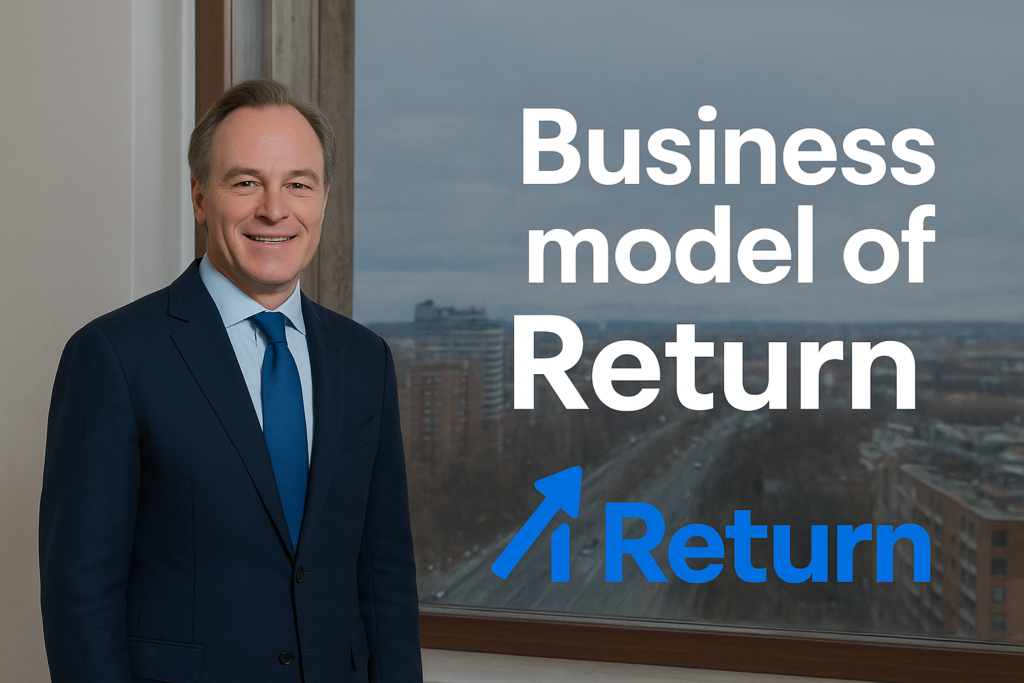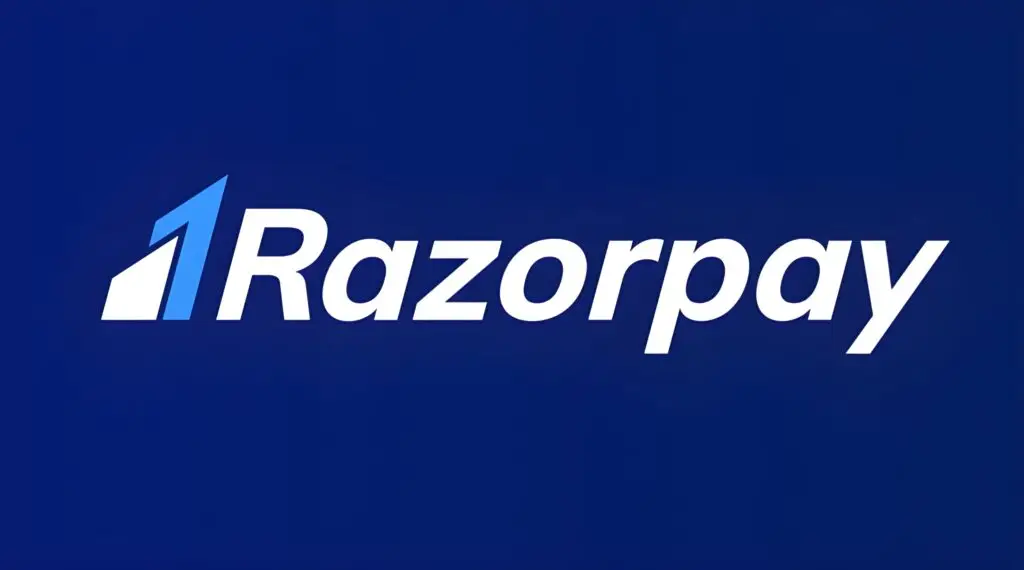| Category | Details |
|---|---|
| How Return Started | Founded in 2019 by Willem-Jan Schutte and team from Stecc Capital (successful solar company Sunrock builders). Started as independent energy storage provider developing large-scale battery systems in Amsterdam. Initially focused on Netherlands market with mission to prevent renewable energy waste. |
| Present Condition | Operating 70 MW capacity in Netherlands, Germany, Belgium, and Spain with 450 MW under construction. Over €2 billion in long-term customer contracts secured. 70+ employees managing 43,000+ operational hours. Recently rebranded SemperPower under Return name (February 2025). Flagship projects include Mufasa (one of Europe’s largest BESS) and 7 GW development pipeline. |
| Future of Return & Industry | Targeting 5 GW operational capacity by 2030 (7x growth). European BESS market projected to reach €32.71 billion by 2030 (16.06% CAGR). Industry needs 780 GWh by 2030 to support EU renewable goals. Return expanding across Europe with APG backing enabling patient capital approach for aggressive scaling. |
| Opportunities for Young Entrepreneurs | Battery storage-as-a-service model requires minimal upfront capital—entrepreneurs can partner with providers like Return. Grid connection delays create consulting opportunities (18-month to 3-year delays in Germany). VPP aggregation for residential batteries generates €200/household annually. Software platforms for real-time trading and optimization needed. Local development partnerships in emerging markets (Spain, Italy) with 36% annual growth expected. |
| Market Share of Return | Return operates ~70 MW of Europe’s 21.9 GWh installed capacity (≈0.3% current market share). With 7 GW pipeline versus Europe’s 226 GW pending applications in Germany alone, Return positioned for major expansion. Among top European independent storage providers alongside competitors like Fluence, Harmony Energy, and Gresham House. |
| MOAT (Competitive Advantage) | Integrated platform model: Unlike competitors, Return connects storage sites cross-border with real-time optimization software. Storage-as-a-service: Customers lease capacity versus large capital investment—lowers barriers, ensures recurring revenue. De-risked pipeline: €2 billion in contracted revenue provides stability competitors lack. First-mover advantage: 43,000+ operational hours create proprietary performance data. Strategic backing: APG’s €616 billion pension fund provides patient capital unavailable to traditional equity-backed competitors. |
| How Return Makes Money | Primary revenue: Long-term lease contracts with energy companies, traders, and industrial users for battery capacity access. Arbitrage services: Storing cheap renewable electricity during off-peak hours, selling during peak demand periods. Grid services: Frequency regulation, voltage support, and reactive power services sold to grid operators. Capacity contracts: Guaranteed availability payments from utilities needing flexible backup power. Business model generates predictable cash flows with inflation-protected returns averaging 8-12% annually for infrastructure investors. |

My Name is Adarsh and I am Empowering startups with high-quality content at Startups Union and bridging the gap between brand stories.




